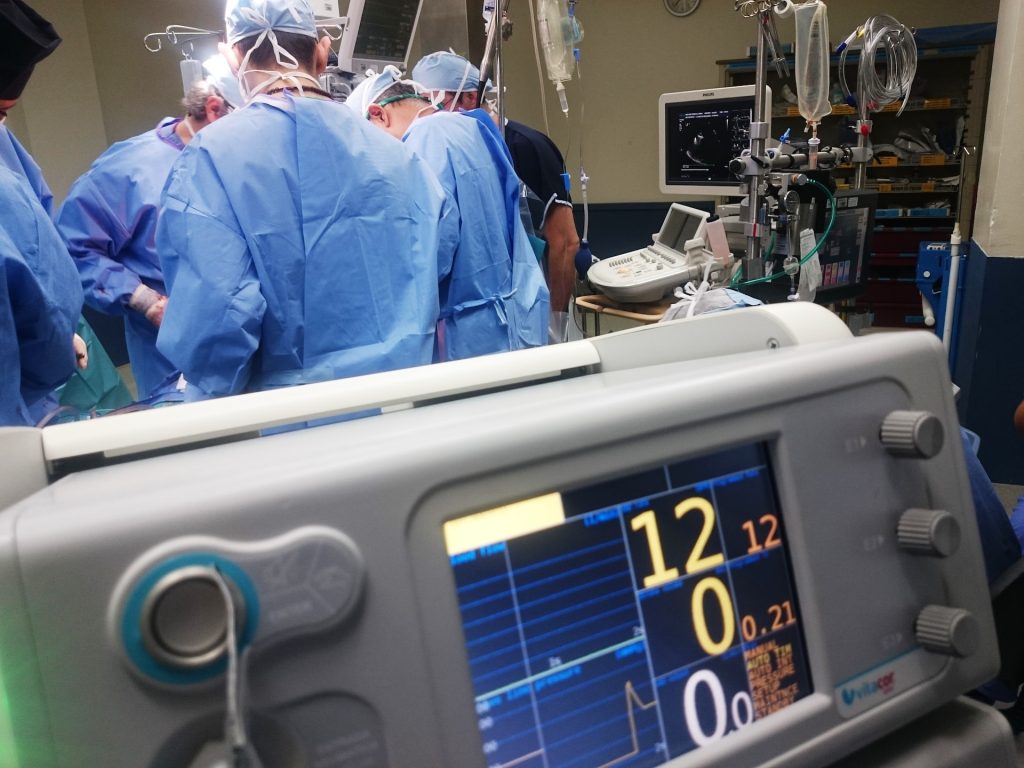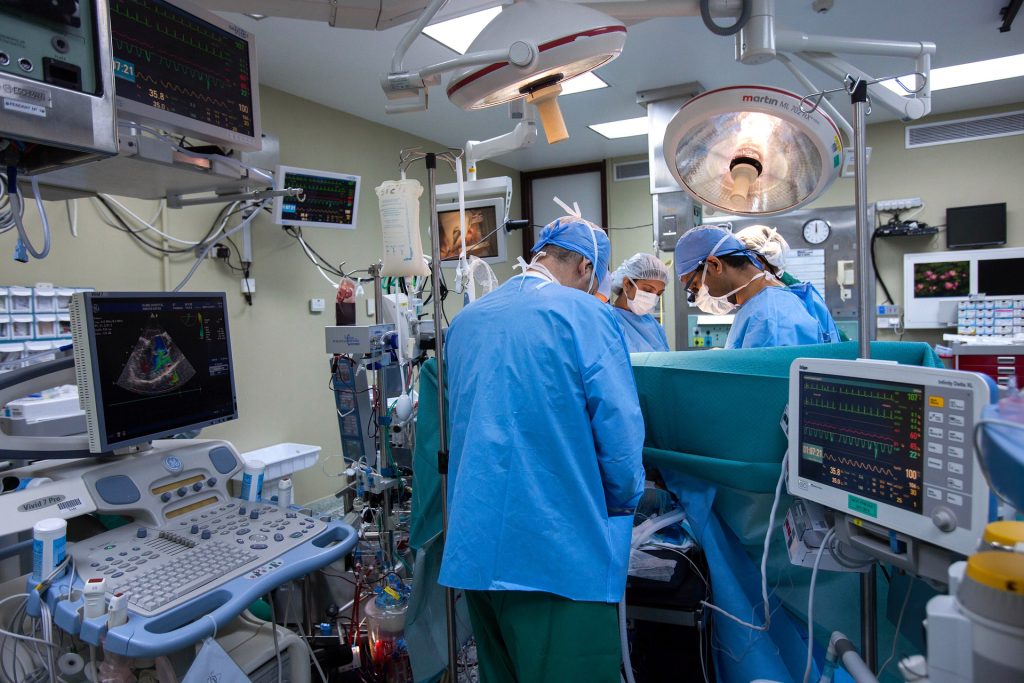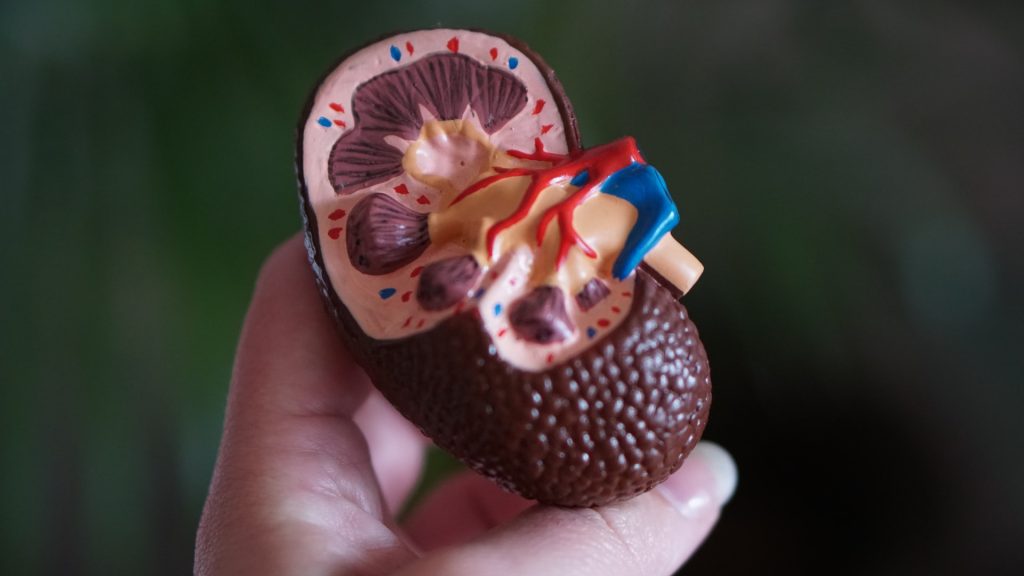New Guidance Advises Stopping Antibiotics after Incision Closure

Antibiotics administered before and during surgery should be discontinued immediately after a patient’s incision is closed, according to updated recommendations for preventing surgical site infections.
Experts found no evidence that continuing antibiotics after a patient’s incision has been closed, even if it has drains, prevents surgical site infections. Continuing antibiotics does increase the patient’s risk of C. difficile infection, which causes severe diarrhoea, and antimicrobial resistance.
Strategies to Prevent Surgical Site Infections in Acute Care Hospitals: 2022 Update, published in the journal Infection Control and Healthcare Epidemiology, provides evidence-based strategies for preventing infections for all types of surgeries from top experts from five medical organisations led by the Society for Healthcare Epidemiology of America.
“Many surgical site infections are preventable,” said Michael S. Calderwood, MD, MPH, lead author on the updated guidelines. “Ensuring that healthcare personnel know, utilise, and educate others on evidence-based prevention practices is essential to keeping patients safe during and after their surgeries.”
Surgical site infections are among the most common and costly healthcare-associated infections, occurring in approximately 1% to 3% of patients undergoing inpatient surgery. Patients with surgical site infections are up to 11 times more likely to die compared to patients without such infections.
Other recommendations:
- Obtain a full allergy history from patients who self-report penicillin allergy. Many patients with a self-reported penicillin allergy can safely receive cefazolin, a cousin to penicillin, rather than alternate antibiotics that are less effective against surgical infections.
- For high-risk procedures, especially orthopaedic and cardiothoracic surgeries, decolonise patients with an anti-staphylococcal agent in the pre-operative setting. Decolonization, which was elevated to an essential practice in this guidance, can reduce post-operative S. aureus infections.
- For patients with an elevated blood glucose level, monitor and maintain post-operative blood glucose levels between 110 and 150mg/dL regardless of diabetes status. Higher glucose levels in the post-operative setting are associated with higher infection rates. However, more intensive post-operative blood glucose control targeting levels below 110mg/dL has been associated with a risk of significantly lowering the blood glucose level and increasing the risk of stroke or death.
- Use antimicrobial prophylaxis before elective colorectal surgery. Mechanical bowel preparation without use of oral antimicrobial agents has been associated with significantly higher rates of surgical site infection and anastomotic leakage. The use of parenteral and oral antibiotics prior to elective colorectal surgery is now considered an essential practice.
- Consider negative-pressure dressings, especially for abdominal surgery or joint arthroplasty patients. Placing negative-pressure dressings over closed incisions was identified as a new option because evidence has shown these dressings reduce surgical site infections in certain patients. Negative pressure dressings are thought to work by reducing fluid accumulation around the wound.
Additional topics covered in the update include specific risk factors for surgical site infections, surveillance methods, infrastructure requirements, use of antiseptic wound lavage, and sterile reprocessing in the operating room, among other guidance.
Hospitals may consider these additional approaches when seeking to further improve outcomes after they have fully implemented the list of essential practices. The document classifies tissue oxygenation, antimicrobial powder, and gentamicin-collagen sponges as unresolved issues according to current evidence.






